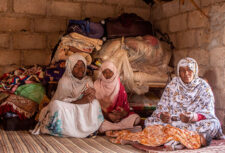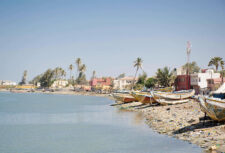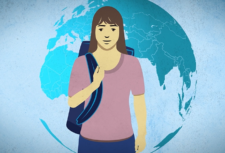As we welcome COP26 here in London, Adéla Mackie, Fellow at Anti-Slavery International, explains how we need governments to recognise the critical link between climate change and modern slavery.

It’s a shocking reality but it’s undeniable: climate change is increasing vulnerability to modern slavery. As climate change can lead to displacement and forced migration, it also acts as a driver of modern slavery.
Anti-Slavery International has jointly developed a letter calling for COP26 to recognise and address the issue of climate change and modern slavery. The letter is supported by 58 organisations / advocates across the environmental, human rights, academic and business sectors and highlights the vital need for collaborative action.
The UN Climate Change Conference (COP26) in Glasgow this November now presents a vital opportunity to call for governments to acknowledge the link between climate-induced migration and modern slavery. The time has come for governments to increase their commitment to tackling climate change and as they do so, they must act to prevent more people from becoming vulnerable to modern slavery. We are calling for climate action that responds to those who are at risk of modern slavery, including forced labour and human trafficking.
Last month, we published our joint report with the Institute for Environment and Development (IIED) to demonstrate the links between climate-induced migration and modern slavery. This showed that communities suffering from devastating sudden events, slow-onset climate change events, and conflict can be forced to migrate in search of a better life. In the process, they may become vulnerable to modern slavery, including forced labour.
Climate change is destroying livelihoods and ruining homes. It has a multiplier effect on pre-existing social and economic inequalities, displacing millions of people and driving them to migrate. This then increases their vulnerability to modern slavery, including forced labour and human trafficking. Moreover, many people find themselves in situations of forced labour in climate destructive industries, such as resource extraction, deforestation and fisheries.
The UN report of the Special Rapporteur on contemporary forms of slavery (July 2019) states that: “By 2050, approximately 5 billion people may live in areas where the climate will exceed historical bounds of variability” and that 143 million people in sub-Saharan Africa, South Asia and Latin America will face internal migration due to climate change.”
Our partners around the globe outline how climate change is increasing vulnerability to modern slavery:
Bangladesh: trapped in bonded labour
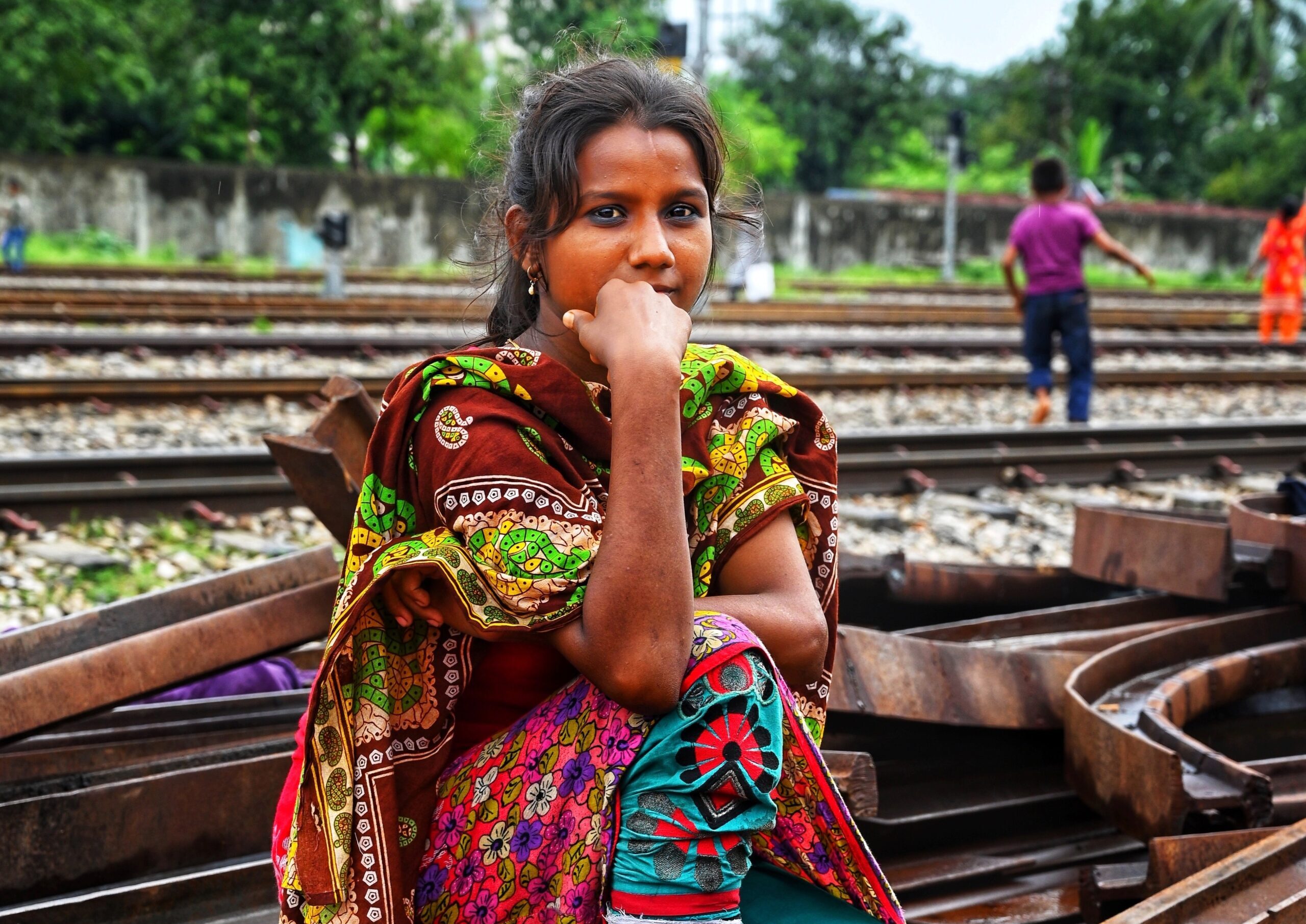
Nasima* is from a village in Bangladesh called Shreekantapur.
Nasima and her family once made a living from farming. However, ever since Cyclone Aila, the soil has become too salinised to grow enough crops. The family therefore took a loan to start fish farming instead, but this was not successful.
Nasima then faced threats and harassment by those she owed money to. She was left with no choice other than to migrate with her husband for work in the brick kilns in Jashore and Magura. There, they could get an advance payment to settle their debt.
Whilst the loan seemed initially helpful, the family then became indebted to the brick kiln owner, and so became victims of bonded labour.
Ghana: climate-induced child slavery
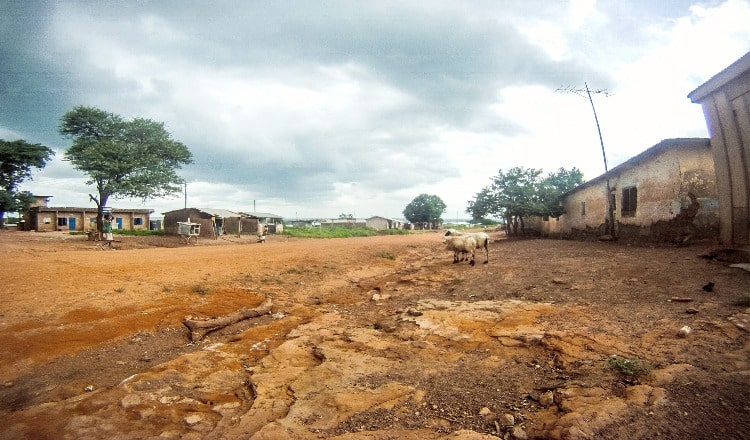
Northern Ghana is ecologically fragile, with one season of rainfall and a long dry spell. Heavy rainfall has destroyed properties and farmland. Activities like bush burning and illegal mining have also led to severe environmental degradation. During the last decade, climate change has since shortened the farming season, leading to widespread unemployment.
Panyin and Kakra, both around 14, were sadly affected. Their family income was reduced because of climate impacts. The children were then sent to Yeji (in central Ghana) by their parents to work and raise money to support the family. As a result, they became victims of child slavery.
COP26: our call to governments
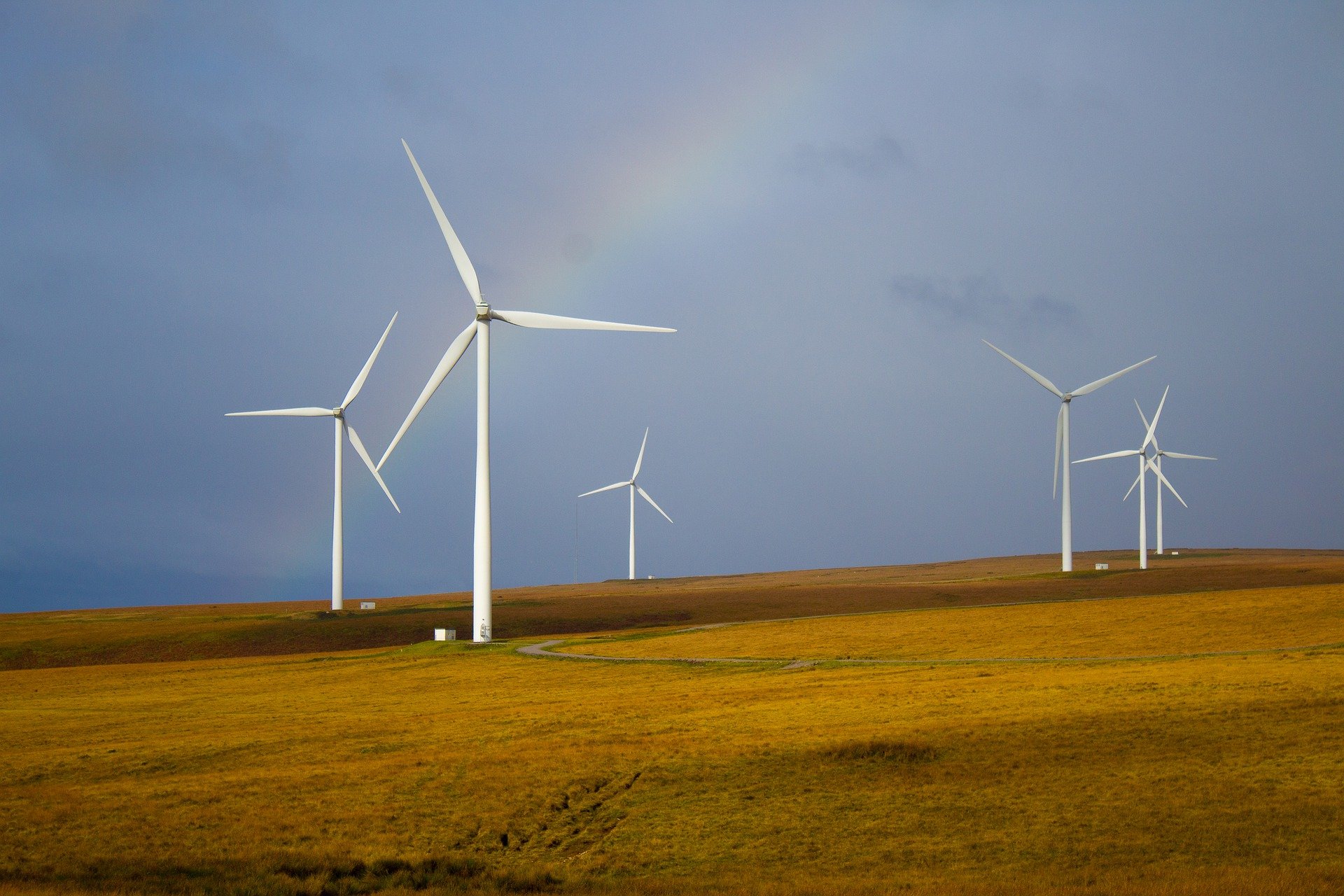
Limiting global warming to 1.5°C rather than 2°C could potentially reduce the number of people exposed to climate-related risks and susceptible to poverty by up to several hundred million by 2050.
Meeting this 1.5°C target involves reducing greenhouse gas emissions 45% below their 2010 levels by 2030 and reaching ‘net zero’ by 2050. The world needs the ‘just transition’ articulated in the Paris Agreement, respecting the fundamental rights of all of those involved, particularly the most vulnerable.
In the lead up to COP26 and beyond we are calling on governments to:
- Provide climate finance to support people forcibly displaced by climate change, and who become vulnerable to modern slavery.
- Respond to climate-induced migration and anti-slavery actions in national action plans and commitments.
- Avert, minimise and address displacement and modern slavery risks related to the adverse impacts of climate change.
- Use the opportunity of a just transition to a future of sustainable renewable energy to provide decent work for workers in the renewable energy sector.
States must fulfil the legal promises they have made.
Join us in calling for their action at COP26. Follow us on social media throughout COP26 and help spread the message: climate change is a human rights issue.
*Names and images have been changed
With thanks to our partners OKUP (Ovibashi Karmi Unnayan Program), Bangladesh and Challenging Heights (Ghana).
